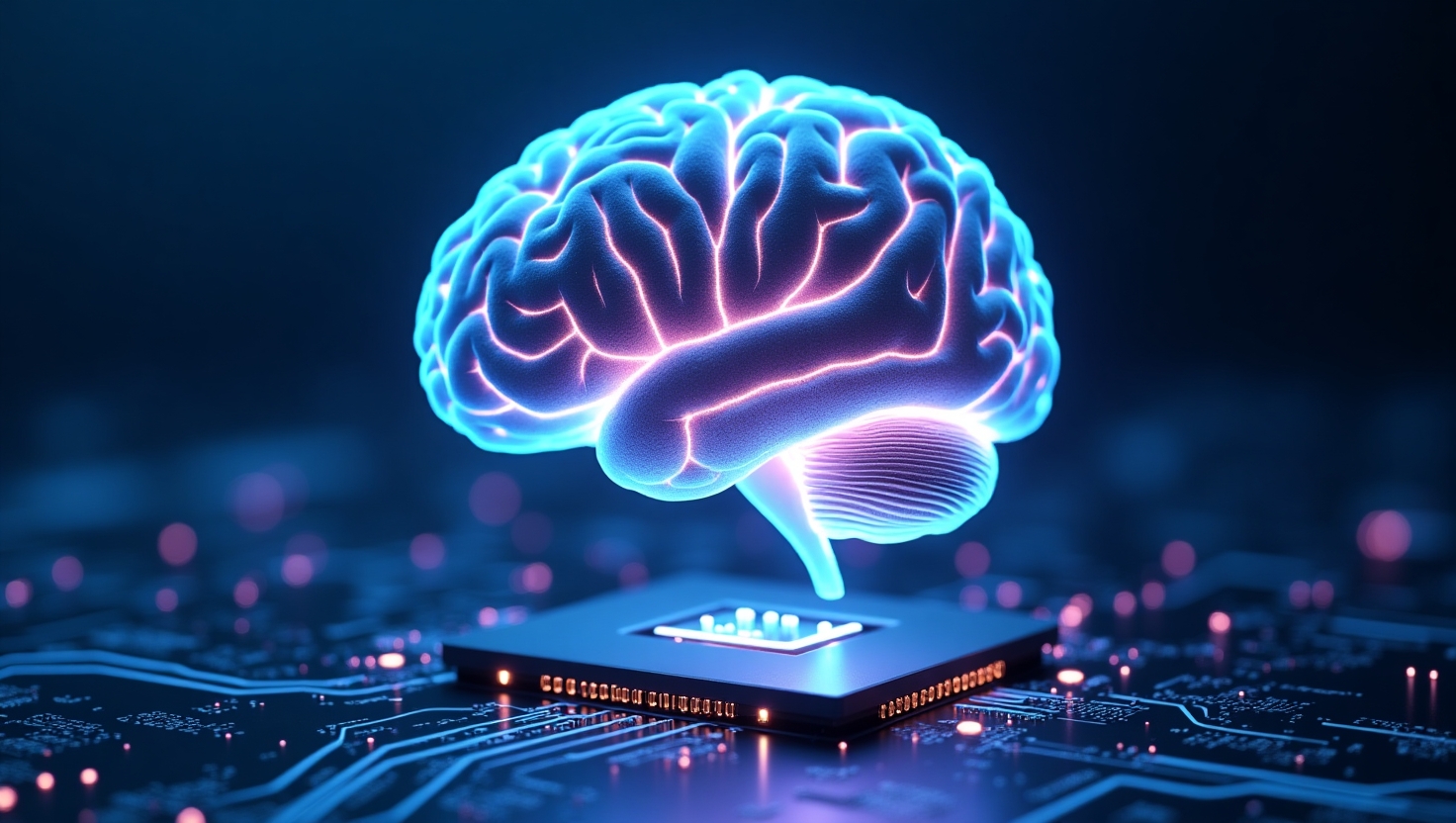Neuromorphic Computing has turned up as a groundbreaking innovation in the powerful world of artificial intelligence. This brain-inspired technology is capable enough to replicating the architecture and functionality of the human brain to create advanced machines. These machines can learn, adapt and function more efficiently than any traditional systems. By copying the neural structures and synaptic activities found in human brains, it opens new opportunities for brain-inspired chips and energy-efficient AI solutions. All such drastic changes are setting the stage for the next generation of intelligent systems.
Read more: Best Free AI Chatbot: Your Ultimate Guide to 2025’s Top AI Assistants
What is Neuromorphic Computing?
Neuromorphic Computing is a design methodology that focuses on building computing systems that match the neurobiological architectures present in the human nervous system. Unlike conventional computing architectures based on the Von Neumann model, these systems combine memory and processing units. By doing this, you can easily process information in a massively parallel and event-driven manner.
– Advertisement –
It is inspired by the brain-like computing system, which is why it employs neuromorphic processors that use spiking neural networks to transmit and process data. These processors simulate the way neurons and synapses interact, enabling machines to perform complex tasks like pattern recognition, sensory processing, and decision-making with significantly lower power consumption.
The Evolution of Brain-Inspired Chips
The development of brain-inspired chips has seen major changes over the past decade, with tech giants like IBM and Intel leading the way.
IBM’s TrueNorth
Launched in 2014, IBM’s TrueNorth chip was one of the first commercially viable neuromorphic processors. Comprising 1 million programmable neurons and 256 million synapses, it demonstrated how neural-like architectures could revolutionise computational efficiency and scalability.
– Advertisement –
Intel’s Loihi
Intel introduced its Loihi chip in 2017, a more powerful neuromorphic processor capable of learning in real-time. It integrates learning directly into hardware, allowing faster and more efficient training for AI models compared to traditional CPUs and GPUs.
These chips have become instrumental in enabling the functionality of neuromorphic processors in real-world applications.
For more details, you can check out Intel’s Loihi Research Overview, which gives insights into their related technologies.
Energy-Efficient AI: A Leap Towards Sustainable Computing

One of the most interesting benefits of neuromorphic computing is its ability to power energy-efficient AI systems. As seen in the traditional computing models that require substantial energy to operate large neural networks, in this system, you will notice that it achieves remarkable efficiency by leveraging event-driven communication and in-memory processing.
Comparative Energy Consumption
The figures given in this table highlight the potential of neuromorphic technology in enabling sustainable computing.
| Task | Traditional System | Neuromorphic System |
| Image Recognition (per image) | 1000 mW | 100 mW |
| Speech Processing | 750 mW | 50 mW |
| Sensor Data Analysis | 600 mW | 30 mW |
Applications of Neuromorphic Computing
If you think that such type of computing is just a theoretical advancement, then you are highly mistaken, as it is actively transforming industries through practical applications. These are the most important sectors that have seen wonderful positive results:
Robotics
Robots powered by neuromorphic processors are capable of perceiving, deciding and acting more autonomously. These systems react to environmental stimuli in real-time, which helps in navigation, object recognition and manipulation.
Healthcare
In medical diagnostics, brain-like computing systems are very helpful in detecting anomalies in medical imaging, monitoring neural activity, and even assisting in creating responsive prosthetics.
Internet of Things
Low-power IoT devices benefit immensely from neuromorphic chips. These chips process data locally, reducing the need for constant cloud connectivity and thus improving privacy and efficiency.
What are the Challenges and the Road Ahead?
Despite giving us positive results in various industries, neuromorphic still faces several hurdles that are very important to tackle to realise its full potential in the future of computing. Research by Nature Electronics and expert opinions from academia suggest that cross-disciplinary efforts are necessary to overcome all such barriers and make the best use of its potential.
Scalability
The first challenge comes in designing scalable neuromorphic systems that can handle complex, large-scale tasks. The available chips are limited in terms of neuron and synapse count as compared to the human brain.
Software Compatibility
The existing software ecosystem is heavily designed for conventional architectures. We’ll have to find a way to build software frameworks and programming languages compatible with neuromorphic processors.
Standardization
There’s definitely a lack of standardised protocols for hardware and software development in such computing. It results in slowing down collaborative progress.
Is Neuromorphic Computing the future?
In a world that is increasingly making the best use of artificial intelligence, Neuromorphic Computing represents a paradigm shift toward systems that are more intelligent, adaptable, and energy-conscious. By mimicking the human brain, the technology bridges the gap between biology and computation, making it a cornerstone of the future of computing.
As brain-inspired chips and energy-efficient AI solutions continue to improve day by day, we stand at the point of transition of a revolution that could redefine everything from robotics and healthcare to how we interact with everyday devices.
Also Read: Agentic AI in 2025: How Autonomous Agents Are Redefining Tech
FAQs
1. What do you mean by neuromorphic computing?
Neuromorphic computing is a field of technology that designs computer systems inspired by the structure and function of the human brain. It aims for faster and more energy-efficient AI processing.
2. Is neuromorphic computing different from traditional computing?
Yes, neuromorphic computing is different from traditional computing. The latter uses sequential processing, whereas neuromorphic systems process information in parallel, mimicking neural networks in the brain to improve speed and efficiency.
3. What are the benefits of neuromorphic computing?
Key benefits include ultra-low power consumption, real-time data processing and enhanced learning capabilities. All such advantages are ideal for edge devices and advanced AI applications.
4. What is the future potential of neuromorphic computing?
Neuromorphic computing could revolutionise AI by enabling brain-like learning and adaptability in machines, potentially transforming fields like robotics, healthcare, and smart devices.
– Advertisement –



